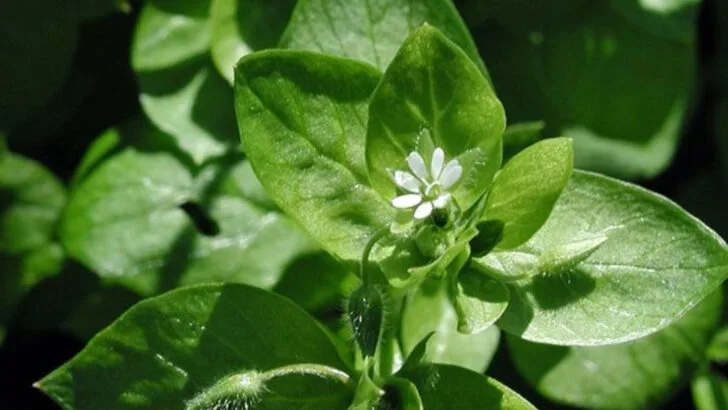When you think of edible plants, lettuce, spinach, or kale probably come to mind. But there’s a whole world of nutrient-rich, flavor-packed leaves growing quietly in gardens, pots, and even window boxes—just waiting to be picked, cooked, or tossed into a salad. And the best part? Many of them are surprisingly easy to grow at home.
In this article, we’re revealing 16 unexpected leafy greens you can grow—and actually eat. From sweet potato leaves and radish tops to amaranth greens and malabar spinach, these underrated garden stars are full of flavor and benefits. Some are mild and tender, others bold and peppery, but all of them will upgrade your plate and expand your plant palette.
At Plantisima, we love celebrating the intersection of gardening and wellness. Whether you’re a home cook, a curious forager, or simply someone who wants to grow more of what you eat, this list of edible leaves is here to surprise your taste buds—and make the most of your garden space.
Nasturtium
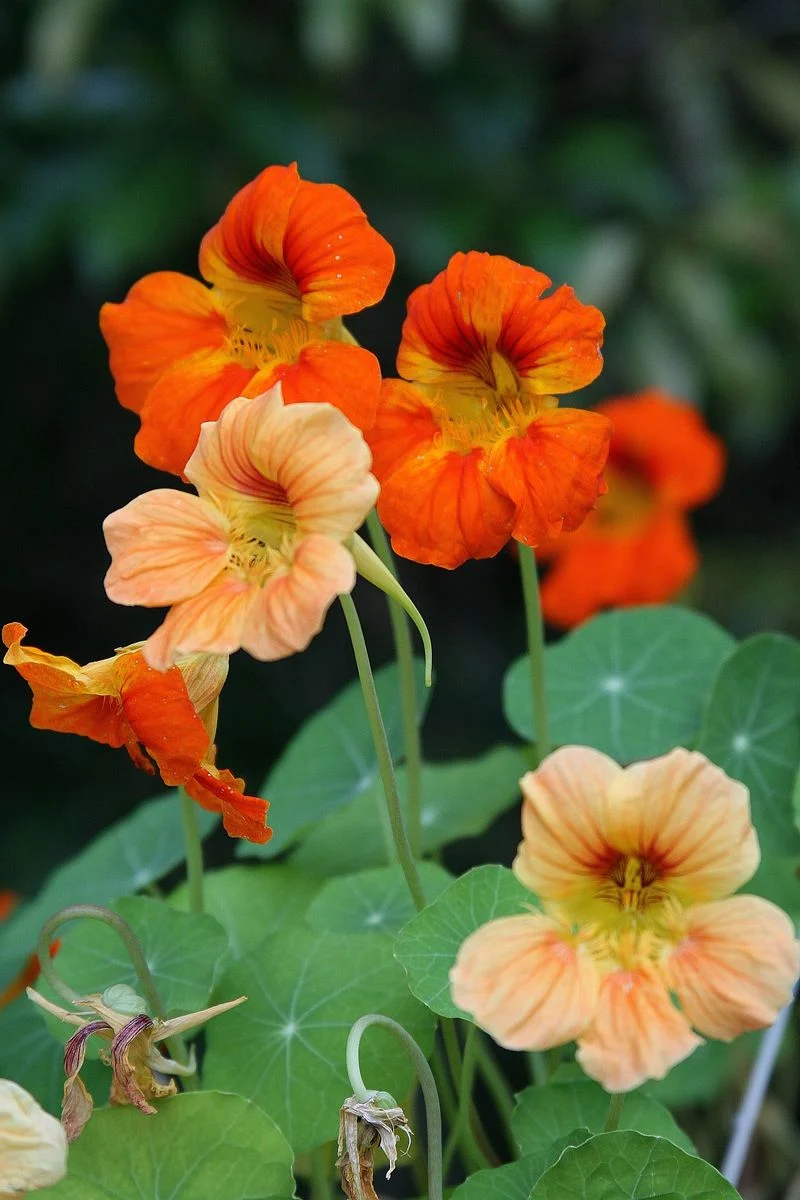
Did you ever wonder if those pretty nasturtium leaves could be more than just ornamental? Known for their peppery kick, these leaves add a zesty twist to salads. You won’t just get flavor; they’re packed with vitamin C too! In the garden, they’re easy to grow: simply scatter seeds and watch them flourish. They even deter pests naturally, making them a gardener’s friend. Perfect in pesto or just as a decorative plate garnish, nasturtiums are a versatile and tasty leaf.
Sorrel
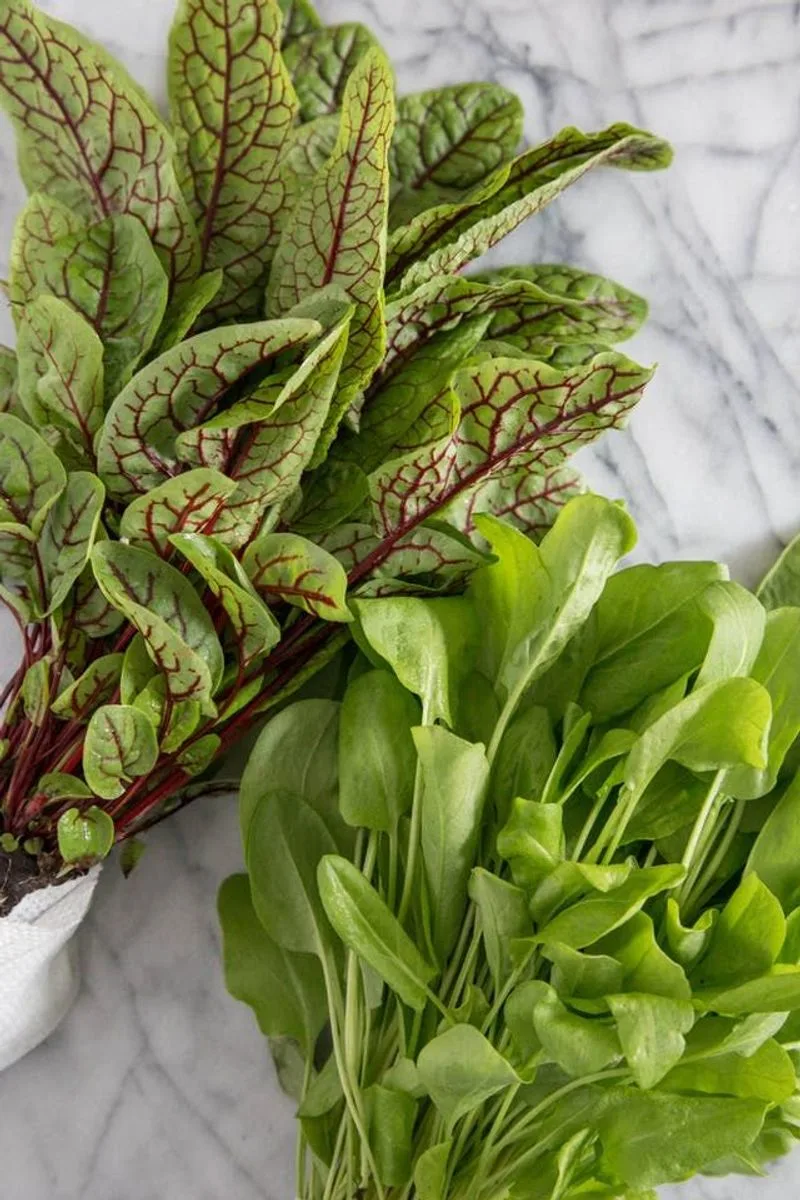
Sorrel may not be on everyone’s radar, but its bright, lemony flavor is unforgettable. If you enjoy a tangy twist, these vibrant green leaves are a must-try. They thrive in cool climates and are among the first greens to appear in spring. Besides tanginess, they offer a healthy dose of vitamin A and iron. Whether tossed in salads or blended into soups, sorrel brings a refreshing bite to your dishes.
Amaranth
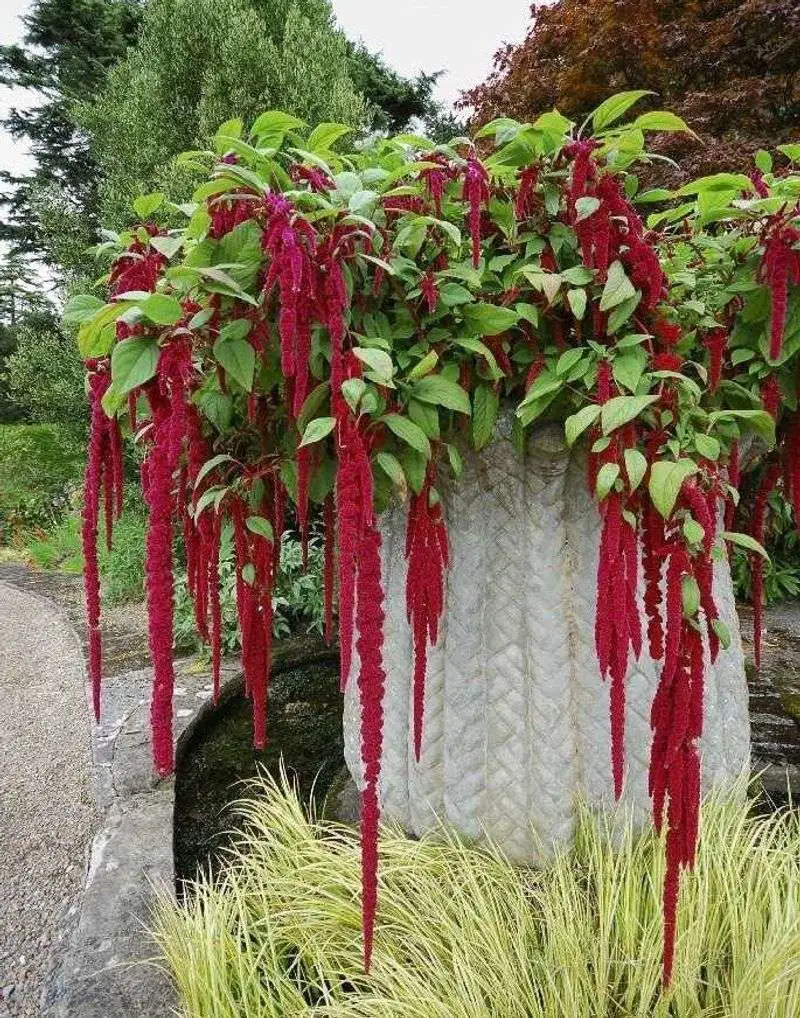
Ever encountered the striking hues of amaranth leaves? These vibrant greens (and sometimes purples) are not just eye-catching but nutrient-rich too. Renowned in many global cuisines, they’re a treasure trove of vitamins and minerals. Easy to grow, amaranth thrives in warm weather and adds a pop of color to dishes. Stir-fry or steam them lightly to enjoy their slightly earthy taste. Whether in salads or sides, amaranth leaves are a colorful addition to your meals.
Swiss Chard
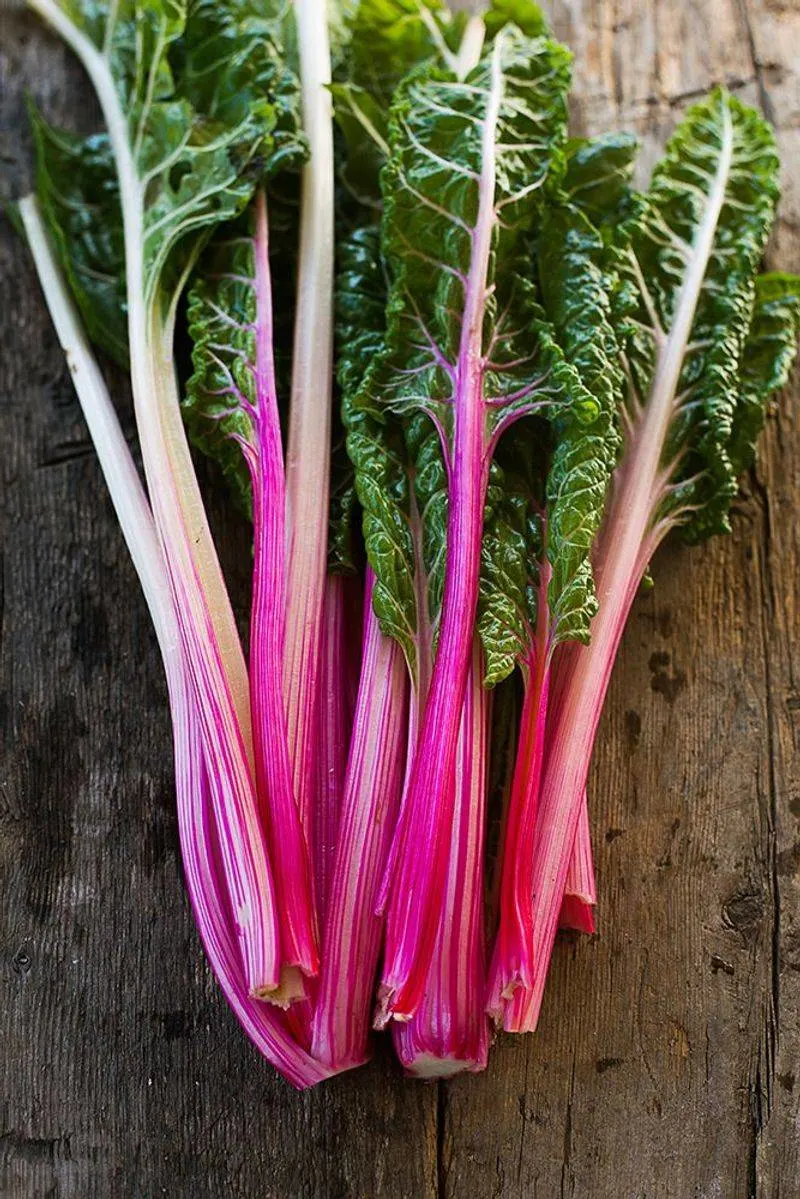
Swiss chard might just become your garden’s star with its vivid stalks and broad leaves. Known for its adaptability, this leafy green is a powerhouse of nutrients, including vitamins K, A, and C. Whether sautéed, steamed, or raw in salads, it offers a mild, slightly bitter flavor. Swiss chard is also remarkably easy to grow, making it a garden favorite. Its vibrant colors make it not only a nutritious choice but also an ornamental one.
Shiso (Perilla)
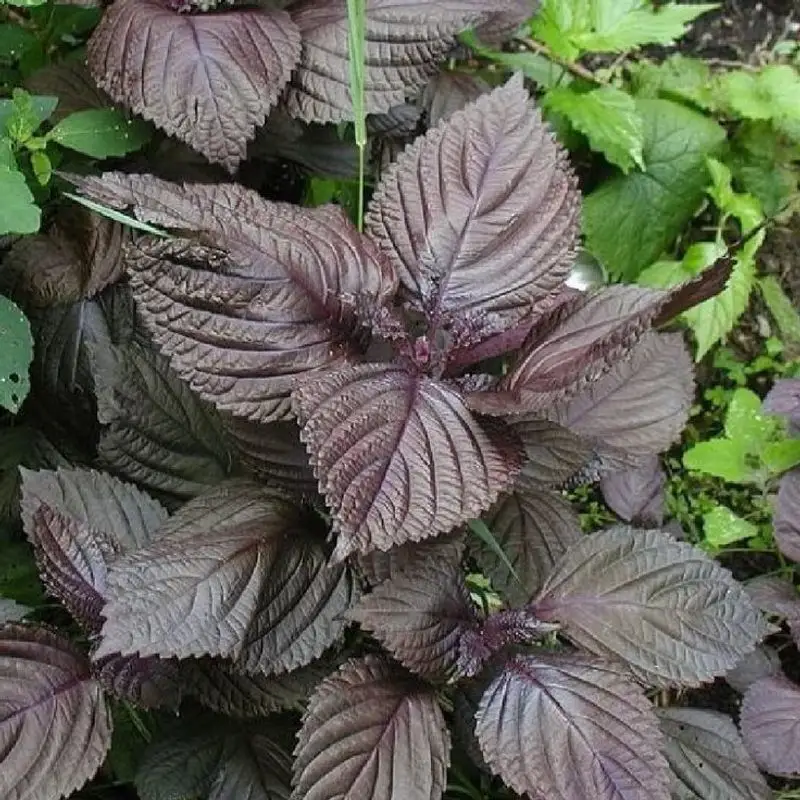
With an aromatic allure, shiso leaves are an Asian kitchen staple. These leaves, often used in Japanese cuisine, offer an intriguing mix of basil and mint flavors. Their unique taste elevates any dish they touch, from sushi to salads. Shiso is easy to grow in sunny spots and appreciates regular watering. Besides its culinary use, shiso is touted for its anti-inflammatory properties. Whether purple or green, these leaves bring a dash of exotic charm to your garden.
Chickweed
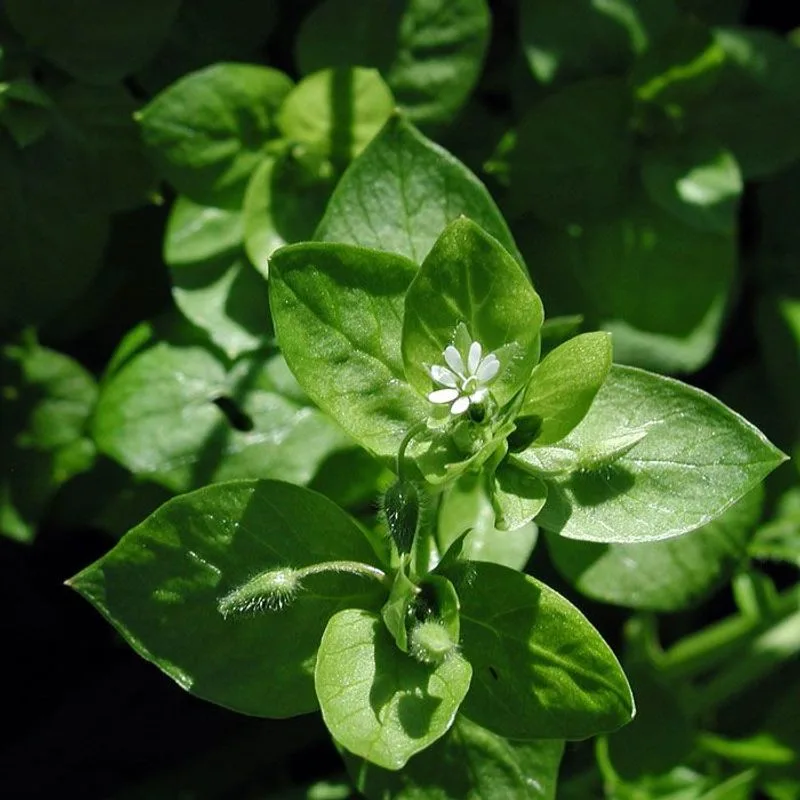
Chickweed might seem an unlikely edible, but it’s a true garden gem. Known for its mild, slightly sweet flavor, it’s perfect in salads or as a garnish. Chickweed grows in most climates, thriving in shaded areas. Rich in vitamins and calming properties, it’s a handy herb to have around. Historically, it’s been used in traditional remedies, adding an interesting twist to its culinary potential. Consider chickweed a humble yet valuable addition to your edible leaf collection.
Dandelion
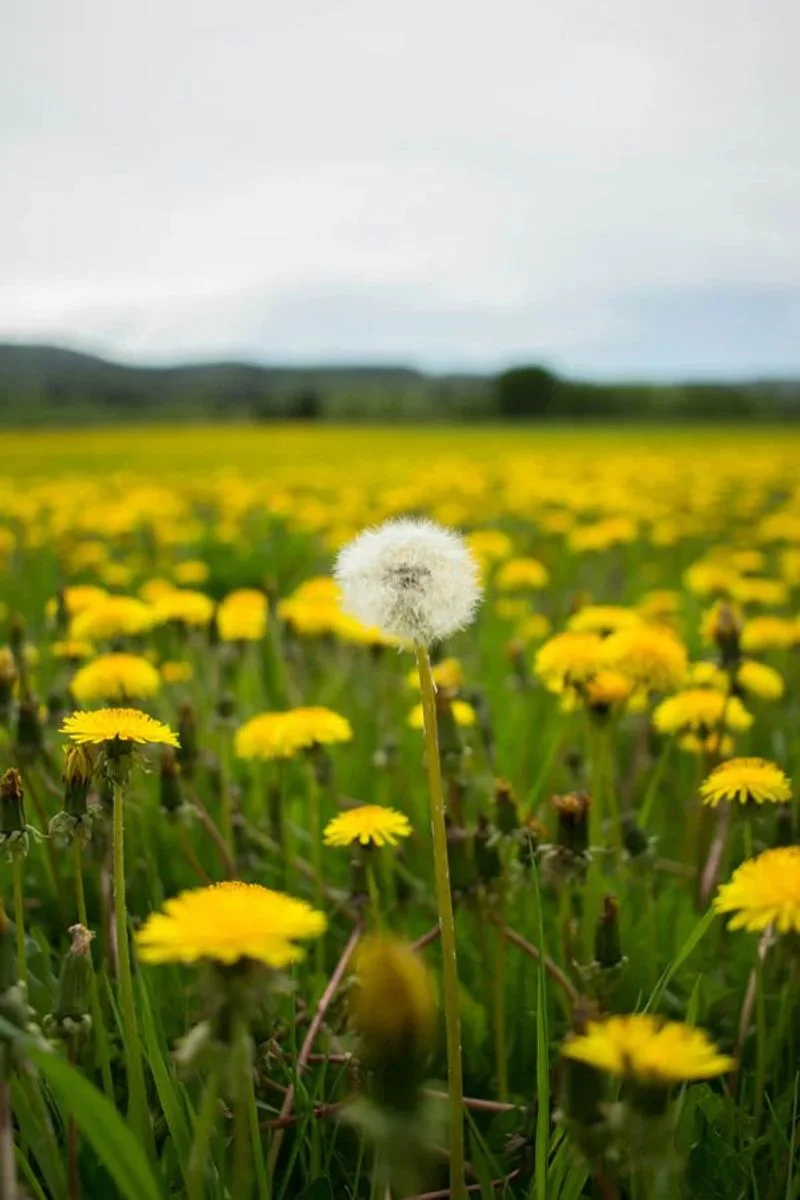
Often mistaken as mere weeds, dandelion leaves are nutritional powerhouses. With their slightly bitter taste, they pair well with strong-flavored toppings in salads. Dandelions are incredibly easy to grow; they thrive almost anywhere, making them an effortless garden addition. Their health benefits are well-known, providing vitamins A, C, and K, as well as minerals like iron and calcium. Embrace dandelions beyond their flower form and enjoy their surprising culinary versatility.
Malabar Spinach
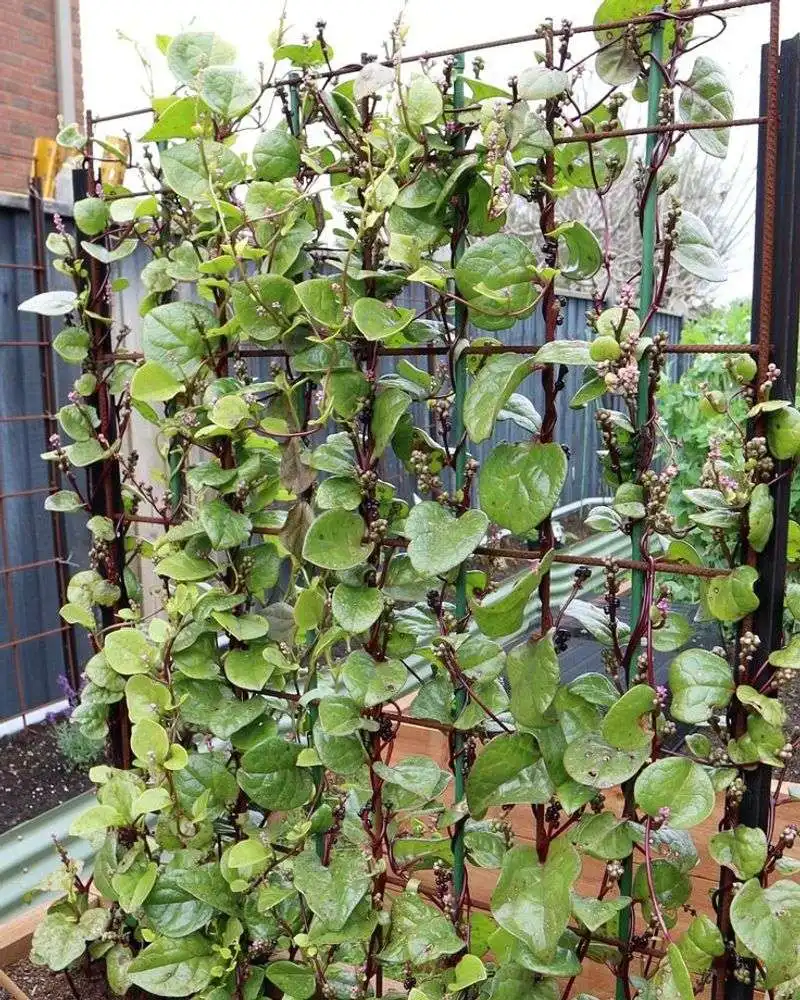
Discover the lush, thick leaves of malabar spinach—a unique twist on the classic green. Unlike true spinach, malabar thrives in heat and humidity, making it perfect for tropical climates. Its climbing nature offers a vertical growing option, ideal for small spaces. The leaves have a slight mucilaginous texture, offering a unique mouthfeel in salads or stir-fries. With its robust flavor and striking appearance, malabar spinach is a standout choice for adventurous gardeners.
Borage
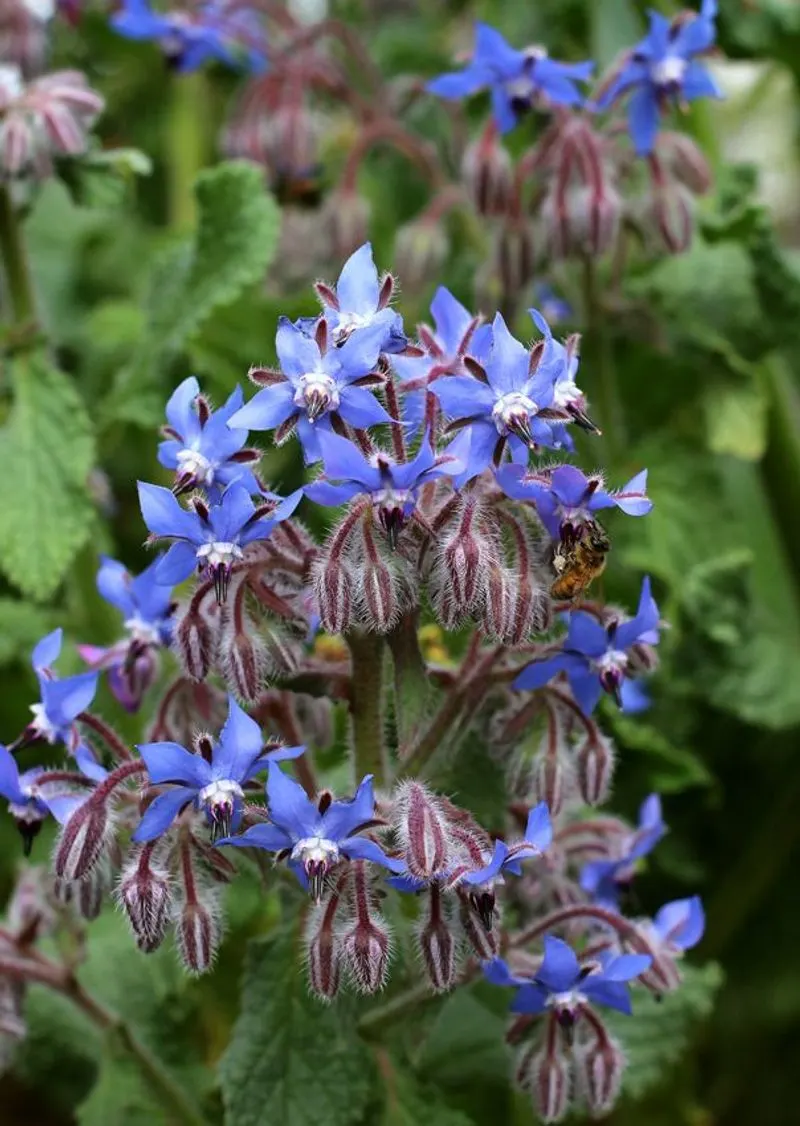
Borage leaves offer more than meets the eye, with a refreshing cucumber-like flavor. These fuzzy leaves are perfect for summer salads or a cooling herbal tea. Borage is easy to cultivate, known for its hardiness and bee-attracting blue flowers. Historically used for its medicinal properties, it continues to be valued in modern herbalism. Adding borage to your garden not only benefits your culinary adventures but also supports local pollinators.
Violet
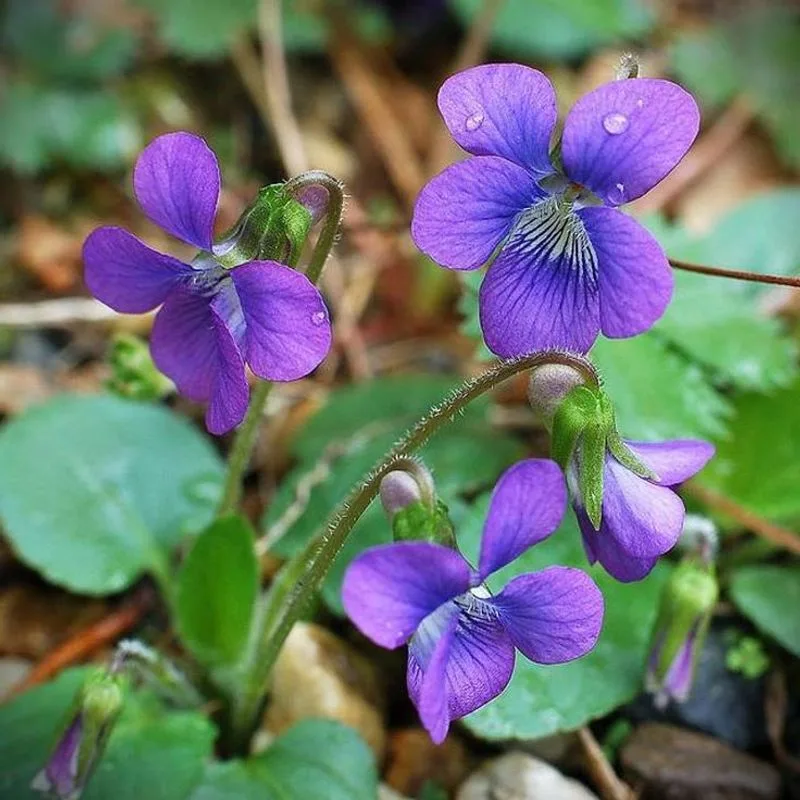
Violet leaves, often overlooked, bring a mild, spinach-like taste to the table. These tender greens thrive in shaded, woodland settings, making them perfect for cooler climate gardens. Rich in vitamins A and C, they add nutritional value to any dish. Pair them with their beautiful purple flowers for a visually appealing salad. Beyond culinary uses, violets have been cherished in herbal medicine, offering a touch of historical charm to modern meals.
Grape Leaves
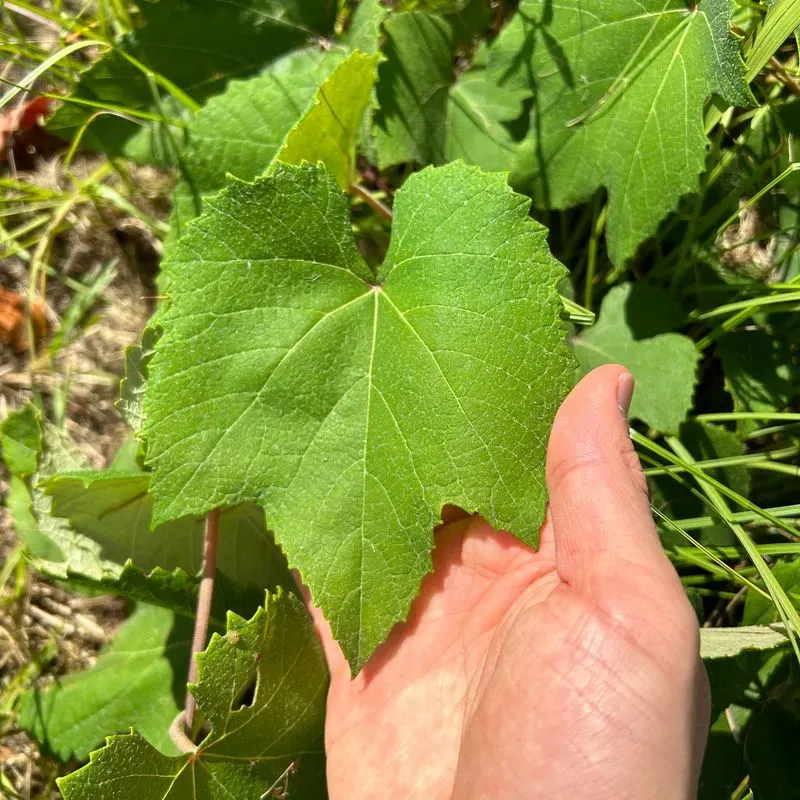
Grape leaves, synonymous with Mediterranean cuisine, offer a tangy, slightly tart flavor. They’re famously used in dishes like dolmas, where they’re stuffed with savory fillings. Grape vines are relatively easy to cultivate and provide both fruit and edible foliage. Besides their culinary appeal, these leaves are rich in antioxidants and vitamins. Growing grape vines offers dual rewards: delicious grapes and versatile leaves that elevate your cooking.
Beet Greens

Beet greens might just be the underrated heroes of root vegetables. These leafy tops boast a mild, earthy sweetness, distinct from their root counterparts. Easy to grow, they thrive in well-drained soil and sunny spots. Beet greens are packed with nutrients, including fiber, vitamins, and minerals, making them a healthful addition to your diet. Whether sautéed or added to smoothies, they promise a burst of flavor and nutrition.
Radish Greens
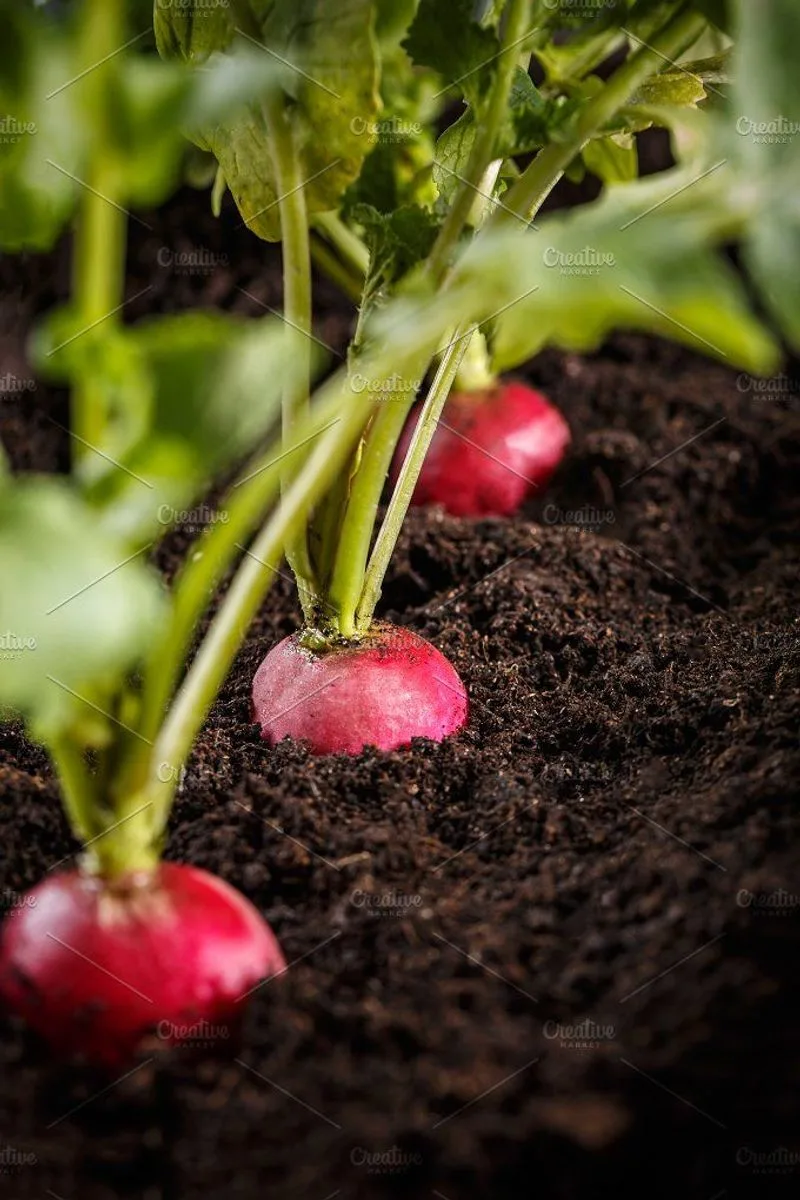
Radish greens deserve more attention than they often receive. With a peppery bite, these leaves add zest to any dish. Cultivating radishes provides a dual harvest: crisp roots and flavorful greens. Radish leaves are nutrient-rich, offering vitamins and antioxidants. They’re best enjoyed fresh in salads or blended into pestos. Easy to grow and quick to mature, radish greens make an excellent choice for beginner gardeners and culinary explorers alike.
Mustard Greens
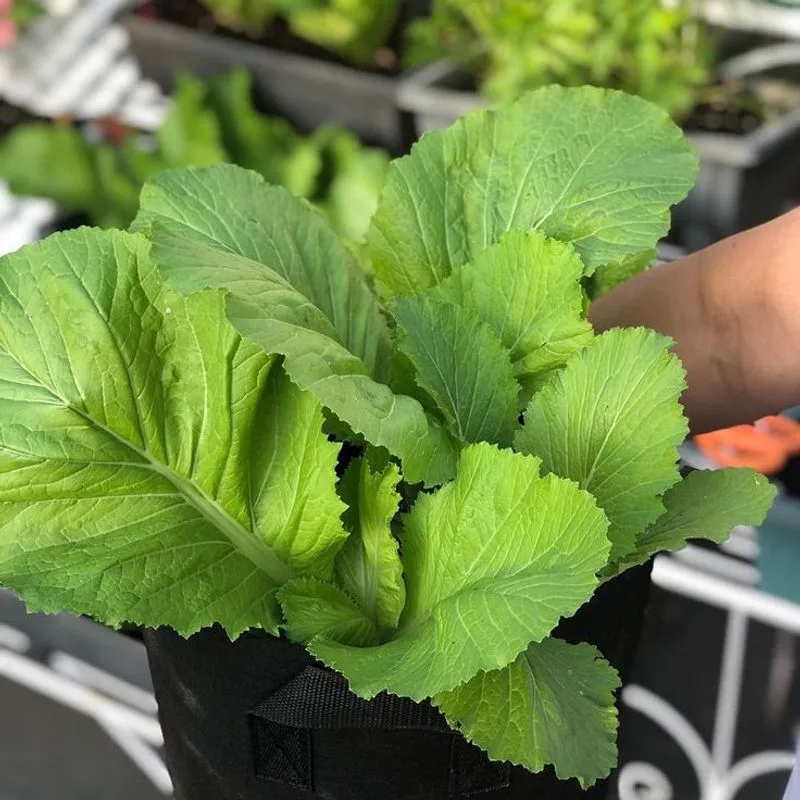
Bring a spicy kick to your garden with mustard greens. These broad leaves are known for their peppery, pungent flavor, which mellows when cooked. They’re a staple in Southern cuisine and grow well in cooler climates. Mustard greens are loaded with vitamins and have been celebrated for their potential health benefits. Whether you sauté them or include them in soups, they offer a robust addition to your meals.
Pumpkin Leaves
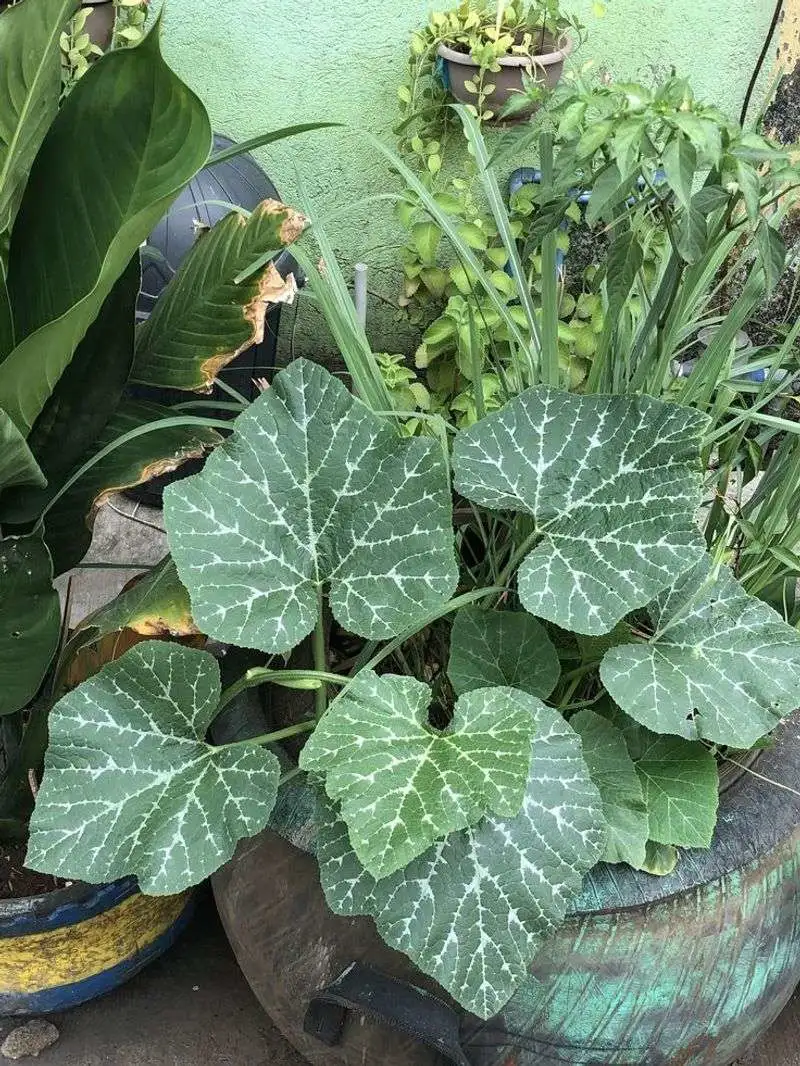
Pumpkin leaves are a staple in many African cuisines, offering a taste as rich as their history. With a slightly chewy texture and mild flavor, they’re a delightful addition to stews and soups. Growing pumpkins yields both nutritious fruits and edible leaves. These greens are rich in iron and calcium, contributing to a balanced diet. With their unique texture and versatility, pumpkin leaves bring an exciting culinary option to your garden.
Sweet Potato Leaves

Sweet potato leaves are a well-kept secret in the world of edible greens. These tender leaves offer a mild, slightly sweet flavor that pairs well with a variety of dishes. They thrive in warm climates and are part of the morning glory family. Rich in vitamins and antioxidants, sweet potato leaves are as nutritious as they are delicious. Whether sautéed or used in salads, they provide a unique and healthful addition to your meals.

